Overcoming Content Challenges
Learn effective strategies to overcome common content-related challenges and take your business to the next level …
 Content is a vital tool and a critical strategy for driving growth, building brand authority, and engaging with customers.
Content is a vital tool and a critical strategy for driving growth, building brand authority, and engaging with customers.
If you are experiencing challenges or have concerns about using content to grow your business, this comprehensive guide will help you address these effectively.
From cost and time constraints to fears of negative feedback and doubts about ROI, you will find actionable insights and practical solutions here.
![]()
To address and resolve challenges with existing content, see our Content Troubleshooting Guide.
Are Content-Related Concerns Preventing Your Business From Growing?
Using content to grow a business can be challenging and prevent you from fully embracing and investing in content-driven strategies that could benefit your business in areas like:
- Visibility and Reach: Content allows you to reach a wider audience. Through strategic content creation and distribution, you can increase your visibility online and attract potential customers who may not have otherwise discovered you.
- Establishing Authority: Quality content positions you as an authority in your industry or niche. By sharing valuable insights, knowledge, and expertise through content such as blog posts, articles, and videos, you can build trust with your audience and establish yourself as a credible source of information.
- Engagement and Connection: Content provides opportunities to engage with your audience at a deeper level. Creating content that resonates with your target audience’s interests, challenges, and aspirations creates meaningful connections and allows you to build relationships that can lead to greater customer loyalty and advocacy.
- Driving Conversions: Effective content has the power to drive conversions. Whether through compelling product descriptions, informative buying guides, or persuasive case studies, well-crafted content can influence purchasing decisions and ultimately lead to increased sales and revenue.
- Search Engine Optimization (SEO): Content plays a crucial role in SEO. By regularly publishing high-quality, relevant content optimized for relevant keywords, you can improve your search engine rankings and attract organic traffic to your website, enhancing your online visibility and accessibility.
- Cost-Effectiveness: Compared to traditional forms of advertising, content marketing is a cost-effective strategy that can be used to help businesses of all sizes. With the right content strategy, your business can generate significant results without allocating large budgets to advertising campaigns.
- Long-Term Benefits: Unlike temporary advertising campaigns, content has long-term benefits. Once published, evergreen content can continue to attract traffic, generate leads, and drive conversions over a long period, providing ongoing value to your business.
Common Content Challenges
The following sections provide practical solutions and strategies that will help you address and resolve these common content-related challenges and concerns:
- Cost Concerns – Cost concerns are a significant barrier for many businesses. Budget constraints shouldn’t hinder your content activities. We will explore budget-friendly strategies and tips for maximizing ROI even with limited financial resources.
- Time Constraints – Time constraints can make working with content seem overwhelming. We’ll look at practical and effective time management strategies and techniques for time allocation, delegation, and automation to streamline content processes.
- Resource Constraints – Limited resources can be challenging, but they don’t have to be a roadblock. We’ll look at ways to make the most of limited resources, optimize existing resources, find innovative solutions for resource management, and leverage external resources and technology to enhance your content activities.
- Lack of Knowledge – A lack of knowledge about content processes can be a significant barrier. We’ll look at educational resources and training opportunities to help your business build its content-related knowledge base.
- Lack of Expertise – Building expertise is essential for successful content activities. We will explore ways to develop in-house expertise and the benefits of partnering with external experts and agencies.
- Uncertain ROI – Uncertainty about ROI can deter businesses from investing in content-related activities. We will look at how to measure and demonstrate ROI, providing strategies for long-term success.
- Previous Bad Experiences – Past failures shouldn’t prevent future success. We’ll look at ways of helping your business analyze previous bad experiences to develop new strategies and ensure positive outcomes.
- Content Not A Priority – Making content marketing a priority is crucial for long-term growth. We will discuss ways to integrate content into your overall strategy and its long-term benefits.
- Not Seeing Immediate Results – While content is a long-term strategy, there are ways to achieve immediate results. We will provide tips on setting realistic expectations and tracking progress.
- Concerns About Content Quality – High-quality content is essential for success. We will look at strategies for creating and maintaining consistent, high-quality content that will resonate with your audience.
- Doubts About Effectiveness – Demonstrating the effectiveness of content marketing is crucial for justifying investment. We’ll explore data-driven approaches to show success and continuous improvement.
- Content Saturation – In a saturated market, standing out is challenging. We will explore differentiation strategies and the importance of niche content and unique value propositions.
- Fear of Negative Feedback – Negative feedback can be intimidating but also valuable. We will discuss managing and responding to feedback to turn criticism into growth opportunities.
- Unclear Objectives – Clear objectives are crucial for content success. We will explore how your business can define and align its goals, ensuring measurable success.
- Fear of Change – Change is essential for growth. We will address how to overcome resistance to new strategies and highlight the benefits of adaptation and innovation.
- Content Complexity – Content activities can seem complex. We will break down the process into manageable steps, offering streamlined strategies for success.
- Business Disruption – Integrating content activities with your business processes should not disrupt your operations. We’ll discuss seamless integration and balancing traditional and modern methods.
- Preference for Traditional Marketing – Combining traditional and content marketing can enhance overall strategy. We’ll explore the synergy between the two and how it can lead to successful integration.
Let’s go through each of these challenges and look at practical solutions to help you overcome them.
Content Challenge: Cost Concern
Businesses often worry about the financial investment required to create high-quality content. They may fear that the costs will outweigh the benefits, leading to a reluctance to allocate a budget towards areas like developing a content strategy, content planning, content production, content marketing, content promotion, and content management.
Additionally, small businesses or those with limited budgets may feel they cannot afford the initial investment in content-related areas, and budget limitations can make businesses hesitant to allocate funds, especially if they are uncertain about the returns.
Investing in content areas can seem daunting due to perceived high costs, but it’s crucial to consider the long-term benefits.
Content marketing, for example, is one of the most cost-effective ways to generate leads, enhance brand visibility, and establish authority in your industry, and is adaptable to any budget.
Create a budget-friendly plan to start small with key pieces of content that provide the most value to your audience and prioritize high-impact, low-cost strategies such as blogging, social media, and email marketing to get started.
Over time, as you begin to see returns, you can gradually expand your content efforts. Many successful campaigns start with a modest budget and scale as they begin to see results.
By starting with a clear strategy and leveraging existing resources, you can manage costs effectively while maximizing impact, and set your business on a path to sustainable growth.
Here are some strategies and methods you can consider to manage content-related costs:
Cost-Effective Content Creation Strategies
Transform your existing content into different formats (e.g., blog posts into videos, podcasts into articles) and reuse it across multiple formats and platforms.
What you can do:
- Turn blog posts into infographics, videos, or social media posts.
- Combine several blog posts into an eBook or whitepaper.
- Extract quotes and snippets from long-form content for social media updates.
User-Generated Content
Encourage customers and followers to create content related to your brand and leverage content created by your audience to reduce creation costs.
What you can do:
- Encourage customers to share their experiences, post reviews, and tag your brand on social media.
- Run social media contests and giveaways that require user submissions, and use the submissions as content.
- Feature customer reviews, testimonials, and stories on your website and social channels.
- Encourage customers to share their experiences and tag your brand on social media.
Curate relevant content from reputable sources in your industry and share and comment on relevant third-party content to engage your audience without creating new content from scratch.
What you can do:
- Aggregate industry news and insights in a weekly newsletter.
- Share and comment on relevant articles, videos, and infographics on social media or compile it into newsletters or blog posts, adding your insights and commentary.
- Create curated lists or roundups on your blog.
Collaborate with other bloggers and businesses to share audiences and content.
What you can do:
- Reach out to influencers and thought leaders in your niche, offering them a platform to share their expertise while providing your audience with valuable content.
- Write guest posts for reputable industry blogs.
- Invite industry experts to contribute to your blog.
- Partner with complementary businesses for co-branded content and cross-promotions.
Collaborative Content
Partner with other businesses or influencers to share content creation efforts and create co-branded content.
What you can do:
- Identify potential partners and propose mutually beneficial content projects like webinars, podcasts, or joint blog series.
- Co-author blog posts or whitepapers with industry experts.
- Conduct joint webinars or podcasts with partners.
- Exchange guest posts with complementary brands.
Cost-Effective Content Creation Techniques
Batch Content Production
Create multiple pieces of content in a single session to save time and resources.
What you can do:
- Set aside dedicated time blocks for content creation and focus on producing several pieces of content at once.
- Plan and script multiple videos or podcasts and record them in one go.
- Write several blog posts during a single writing session.
- Schedule photo shoots to capture a library of images for future use.
Outsourcing and Freelancing
Hire freelancers or agencies for specific tasks rather than maintaining a full-time content team.
What you can do:
- Use content outsourcing platforms like Fiverr, Freelancer, or Upwork to find skilled writers, designers, and videographers.
- Engage agencies for larger projects or ongoing support.
- Negotiate project-based or retainer agreements to manage costs.
In-House Content Creation
Train existing staff to produce content and encourage your team to contribute content to save on outsourcing costs.
What you can do:
- Provide training and resources on writing and content creation best practices.
- Encourage staff to contribute blog posts, social media updates, and other content.
- Establish a content calendar to distribute workload evenly across the team and assign topics to team members.
- Reward employees for their contributions with recognition or incentives.
Use free or low-cost tools for content creation and management, and technology to streamline content creation, scheduling, and distribution.
What you can do:
- Use tools like Buffer, Hootsuite, or Sprout Social for social media management.
- Implement content management systems (CMS) with automation features like WordPress or HubSpot.
- Use AI-powered tools like Grammarly for editing and Content At Scale or Hire Mia for writing assistance.
- Use free SEO tools like Google Keyword Planner and Ubersuggest.
Create content that remains relevant over time to maximize long-term value.
What you can do:
- Identify topics with long-term appeal and produce high-quality content that can be referenced and updated periodically.
- Develop how-to guides, tutorials, and industry best practices.
- Focus on topics with lasting relevance rather than trending subjects.
- Regularly update evergreen content to keep it current.
Use Templates
Develop reusable templates for different types of content and use pre-designed templates and frameworks to speed up content creation.
What you can do:
- Create templates for blog posts, social media updates, email newsletters, and other content formats to streamline the creation process.
- Use graphic design templates for social media posts, infographics, and presentations.
- Implement editorial templates for blog posts and articles.
- Create content frameworks for consistent structure across all content types.
Cost-Effective Content Creation Methods
Choose Cost-Efficient Content Formats
Choose content formats that are less expensive to produce.
What you can do:
- Prioritize written content, such as blog posts and articles, over high-production video content.
- Use simple video formats like webinars and live streams instead of highly produced videos.
- Leverage podcasts, which often require lower production costs compared to video.
Invest in Scalable Content Solutions
Implement scalable content strategies that grow with your business.
What you can do:
- Develop a scalable content strategy that can be adjusted as your business grows.
- Use content management systems (CMS) to handle increased content production as needed.
- Invest in tools and platforms that offer scalability, such as cloud-based storage and collaboration tools.
DIY Video Production
Create videos using affordable equipment and simple editing software.
What you can do:
- Use smartphones, affordable lighting, and free or low-cost editing tools like iMovie (Mac devices), InShot, or DaVinci Resolve to produce high-quality videos.
- Create live videos on platforms like Facebook Live or Instagram Live.
Leverage Stock Media
Use stock photos, videos, and audio to enhance your content.
What you can do:
- Source royalty-free or low-cost stock media from platforms like Unsplash, Pexels, or Pixabay.
- Explore more image sites.
Develop a Strong Social Media Strategy
Use social media platforms effectively to distribute content and engage with your audience.
What you can do:
- Schedule regular posts using free tools like Buffer or Hootsuite.
- Engage with followers through comments, likes, and shares.
- Use platform-specific features like Instagram Stories, LinkedIn Articles, or Facebook Groups.
Build and Leverage Relationships with Influencers
Partner with influencers in your niche to amplify your content’s reach.
What you can do:
- Identify and engage with micro-influencers who have a loyal following.
- Offer value in exchange for their support, such as free products or services.
- Collaborate on content that benefits both parties, like joint webinars or social media takeovers.
Use email marketing to nurture leads and maintain engagement with your audience.
What you can do:
- Build an email list through website sign-ups, lead magnets, and social media promotions.
- Send regular newsletters with curated and original content.
- Use email automation tools like Mailchimp or Aweber to segment your audience and personalize messages.
Participate in Online Communities
Engage in forums, social media groups, and online communities to share content and build relationships.
What you can do:
- Join relevant industry groups on LinkedIn, Facebook, and Reddit.
- Share your content and provide value by answering questions and offering insights.
- Network with other professionals and potential customers.
Content Recycling
Refresh and update older content to keep it relevant and useful.
What you can do:
- Review your content library regularly, identify outdated pieces, and update them with new information and insights.
Educational Webinars and Workshops
Host online events to share knowledge and engage with your audience.
What you can do:
Use platforms like Zoom or Google Meet to conduct webinars and workshops on topics relevant to your audience, leveraging your expertise and engaging directly with attendees.
Interactive Content
Create quizzes, polls, and interactive infographics to engage users.
What you can do:
- Use tools like Typeform, SurveyMonkey, or Visme to develop interactive content that captures audience interest and provides valuable insights.
Leverage Content Distribution Networks (CDNs)
Use CDNs to efficiently distribute content and reduce costs related to bandwidth and hosting.
What you can do:
- Use CDNs like Cloudflare or Akamai to distribute content globally with lower latency.
- Optimize media files to reduce bandwidth usage.
- Implement caching strategies to reduce server load and improve content delivery.
Prioritizing High-Impact Content
Identify Audience Needs
Conduct surveys and research to understand your audience’s pain points and interests.
What you can do:
- Use feedback and analytics to identify the topics and formats that resonate most with your audience.
Optimize for SEO
Optimize content for search engines to increase visibility and organic traffic without paying for ads.
What you can do:
- Implement SEO best practices to ensure your content ranks well in search results.
- Perform keyword research to identify high-value keywords
- Optimize on-page SEO elements like title tags, meta descriptions, and headers.
- Build backlinks through guest posting, partnerships, and outreach.
Focus on Content Quality Over Quantity
Invest time in creating high-quality content that provides real value, even if it means producing less frequently.
What you can do:
- Conduct thorough research to produce in-depth, informative articles.
- Ensure content is well-written, visually appealing, and free of errors.
- Regularly update and improve your best-performing content.
Analyze Performance Metrics
Track content performance using analytics tools to make data-driven decisions, focus on high-performing content, and reduce wasted effort.
What you can do:
- Use Google Analytics, social media insights, and other tools to monitor website traffic. Measure engagement and conversion rates, and adjust your strategy based on data.
- Track social media engagement and performance metrics.
- Analyze content performance to identify and replicate successful content types and topics.
- Use A/B testing to refine and improve content effectiveness.
- Discontinue low-performing content efforts to reallocate resources and focus on what works best.
Create Content Calendars
Plan your content in advance to maintain consistency and focus.
What you can do:
- Develop a content calendar that outlines topics, formats, and publishing schedules to ensure a steady flow of high-quality content.
By employing the above budget-friendly strategies, your business can effectively manage content-related costs and maximize its ROI while delivering high-quality, engaging content to your audience without overspending.
***
To continue reading this guide, click on the pagination tabs below …

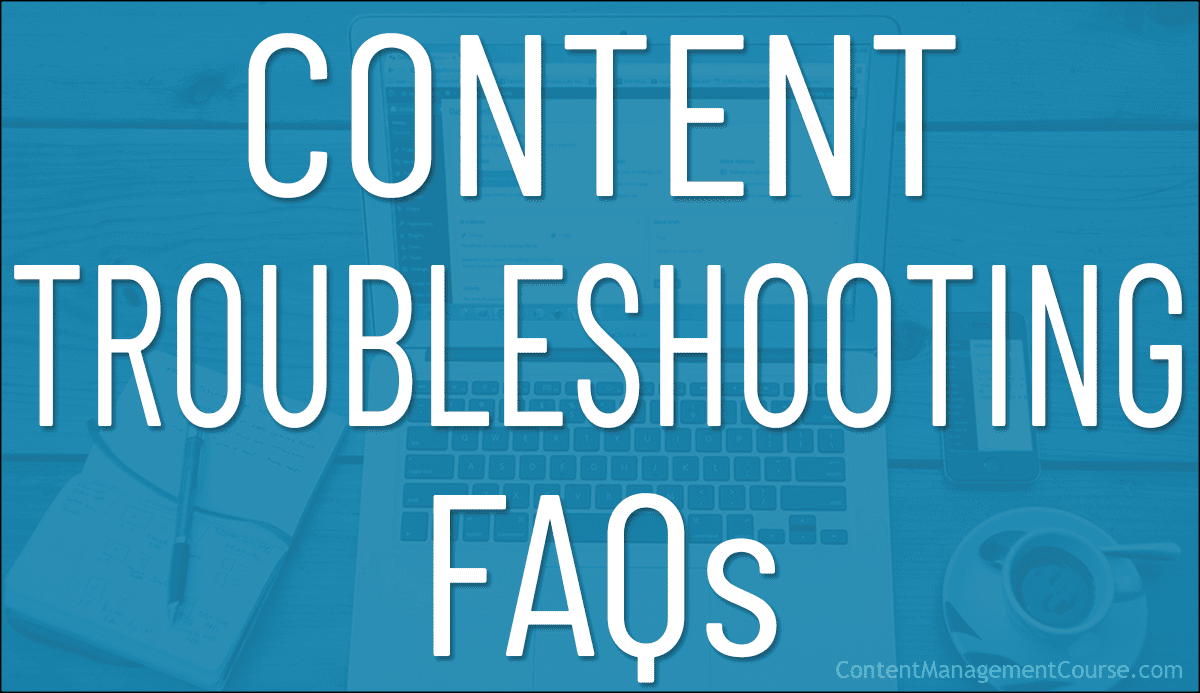
 Content-related issues can be a significant roadblock in achieving your online goals, whether you’re running a website, managing a blog, or curating digital content.
Content-related issues can be a significant roadblock in achieving your online goals, whether you’re running a website, managing a blog, or curating digital content.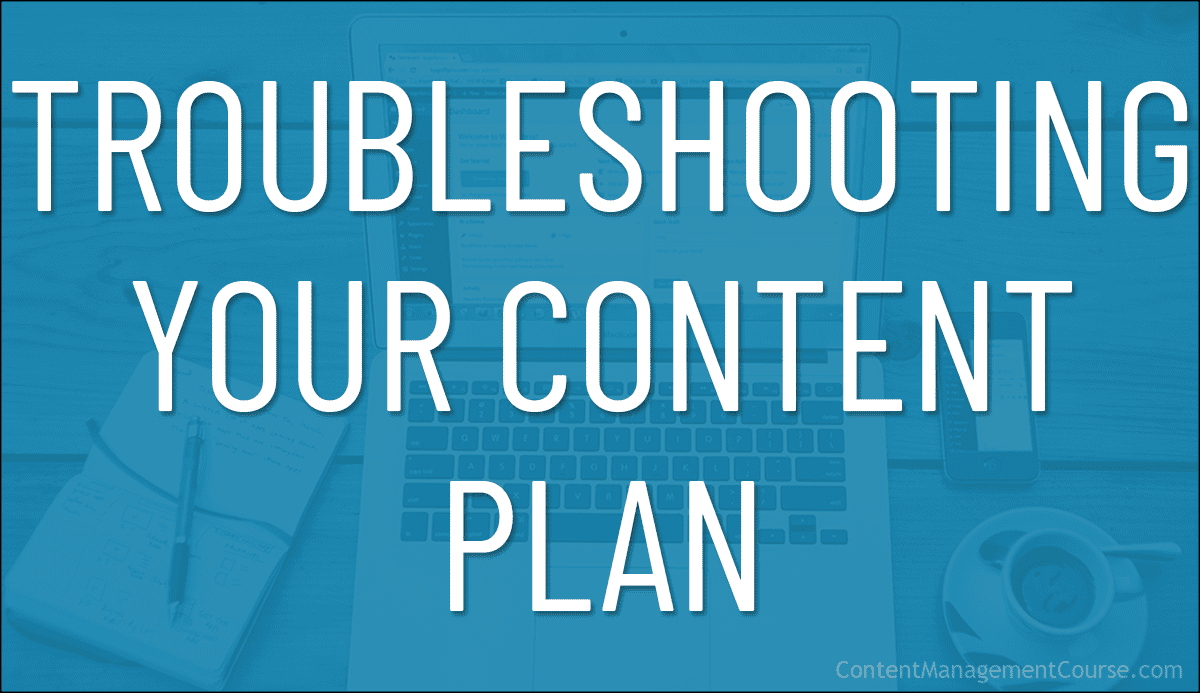
 To establish a strong online presence and engage with your
To establish a strong online presence and engage with your 
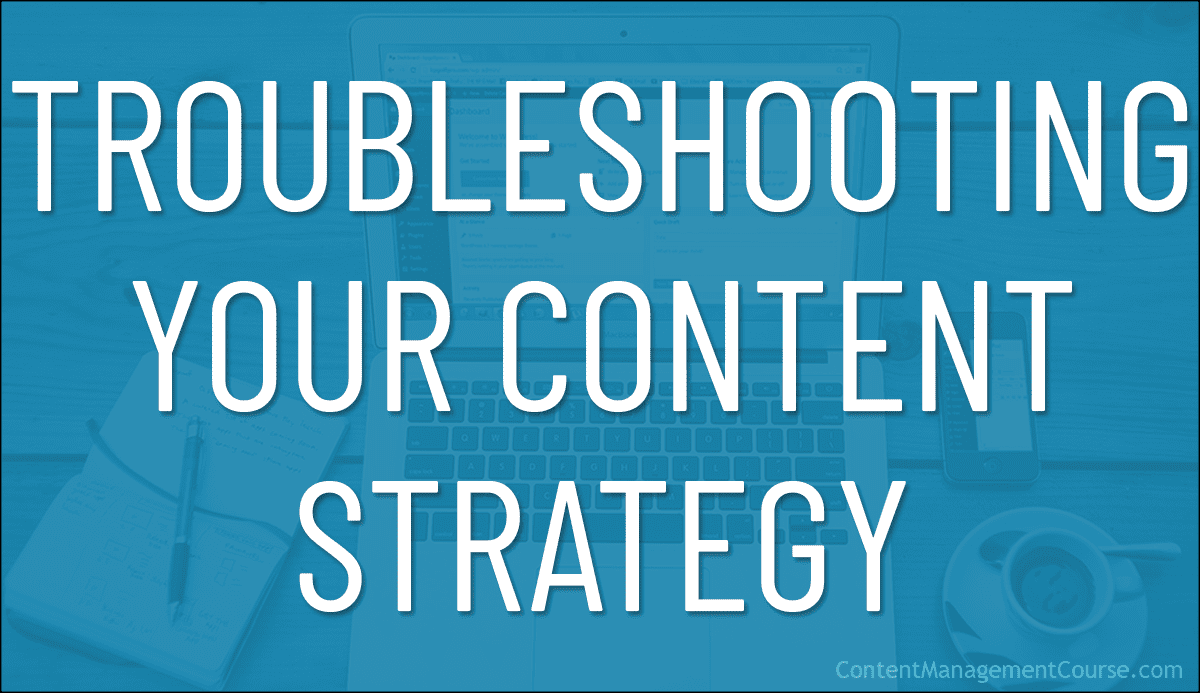

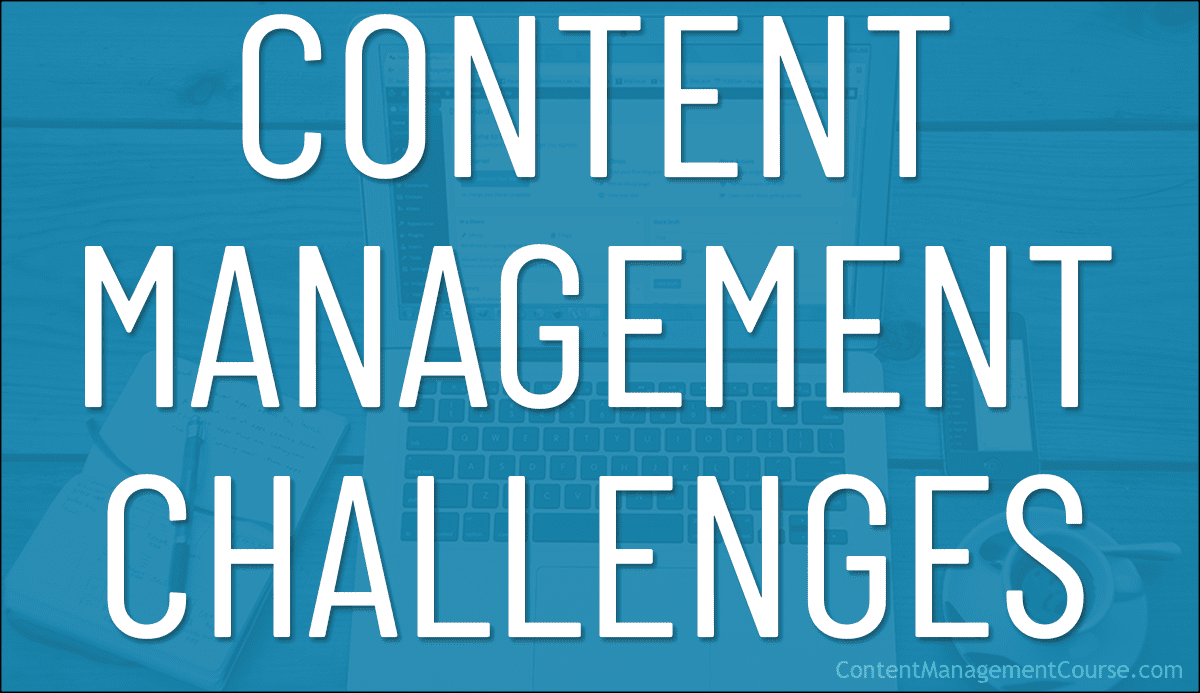





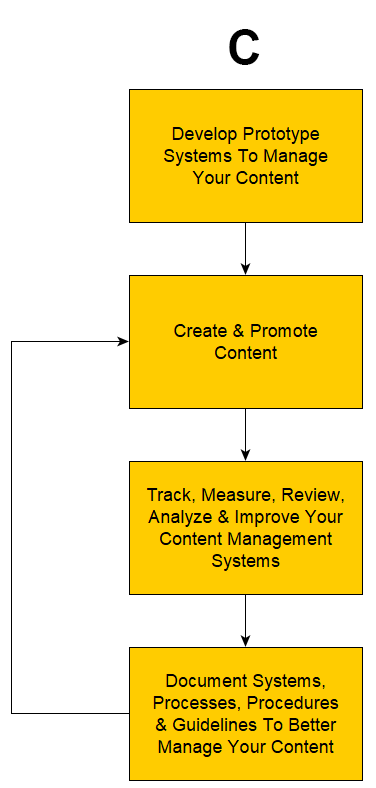

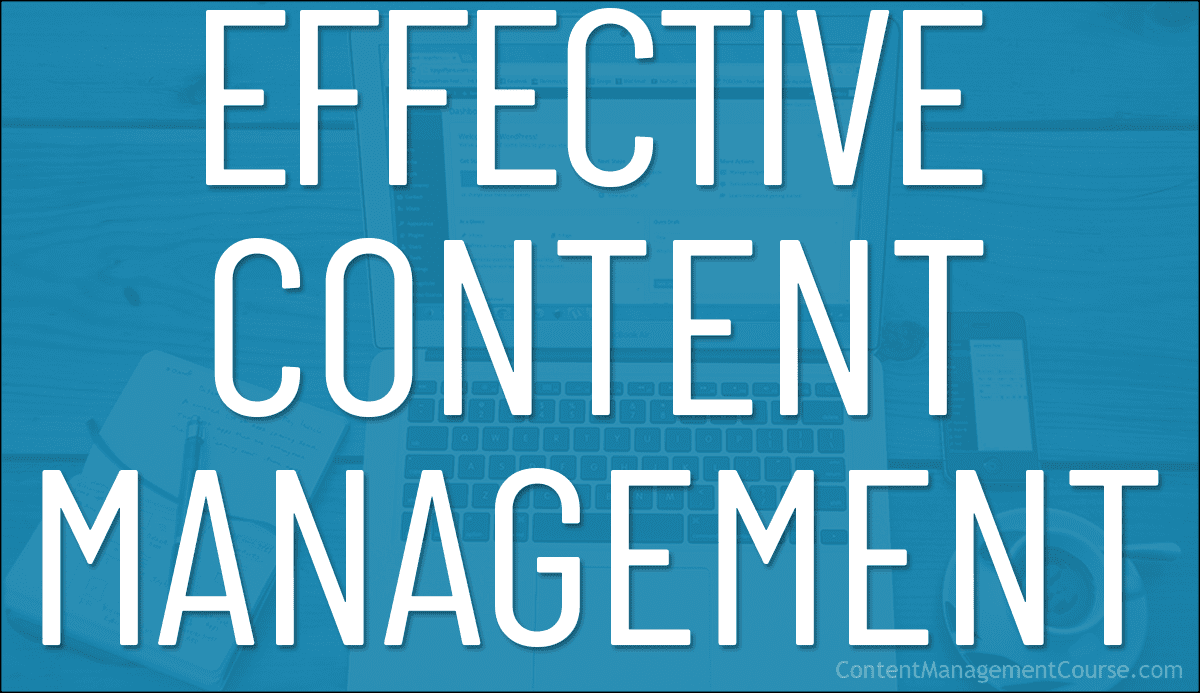
 In this article, we show you how the right picture of what an effective content management framework looks like can help you fix and eliminate most of the content-related problems in your business.
In this article, we show you how the right picture of what an effective content management framework looks like can help you fix and eliminate most of the content-related problems in your business.
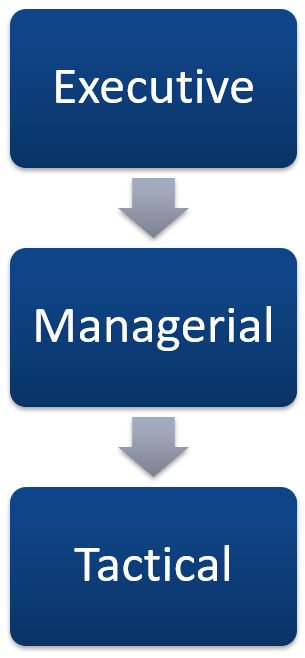

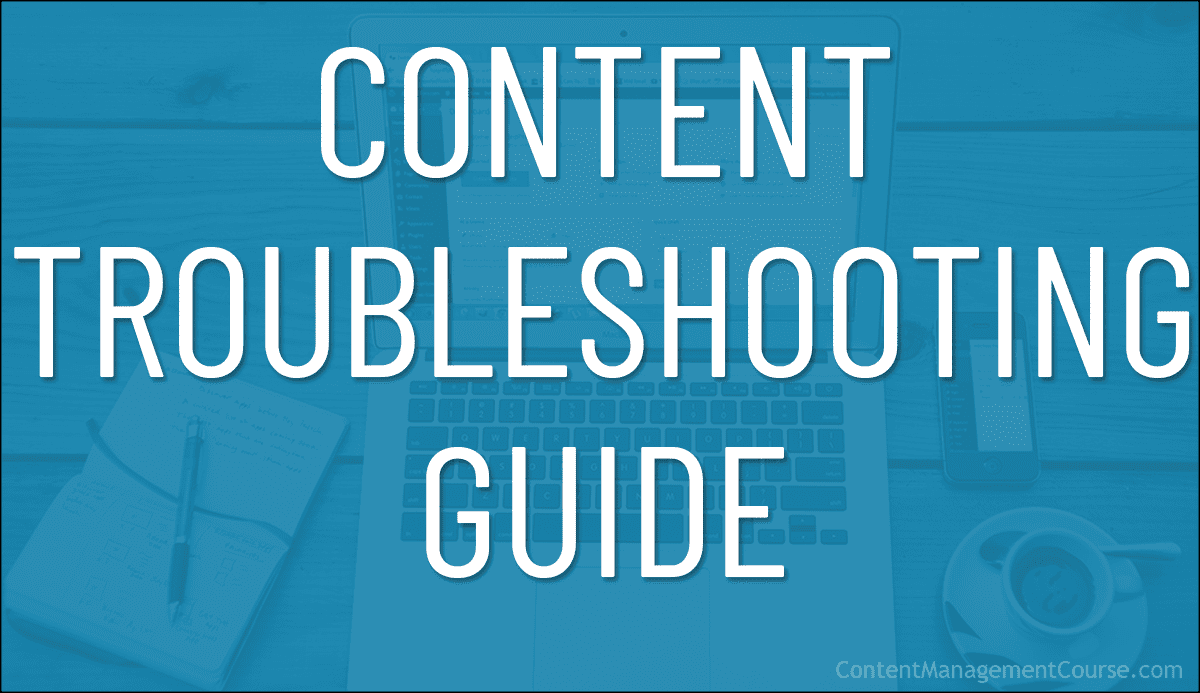
 This troubleshooting guide will help you identify issues in your content that may be preventing your business from experiencing better results and presents fixes and solutions to improve your content management practices.
This troubleshooting guide will help you identify issues in your content that may be preventing your business from experiencing better results and presents fixes and solutions to improve your content management practices.










